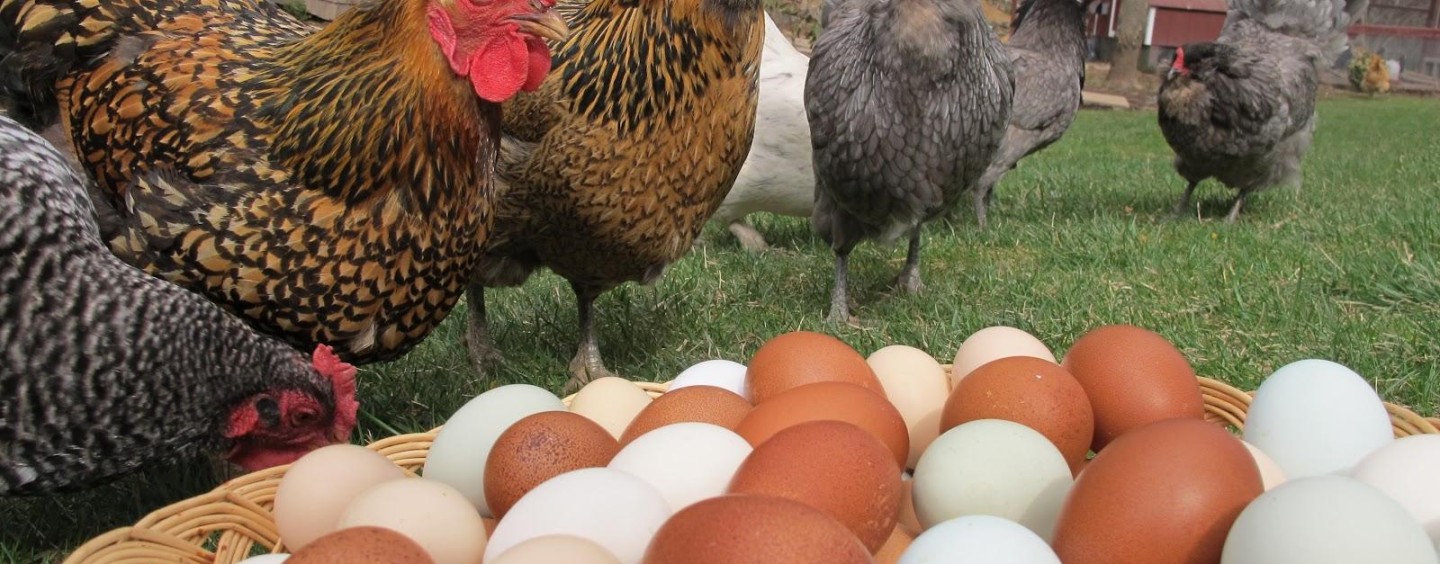
Chooks ignored in argument over free range egg labelling
BE ALERT and alarmed – Australian governments are determined to regulate the egg market.
A meeting of Consumer Affairs Ministers in June agreed that “further policy intervention” was needed to enhance consumer confidence and certainty for egg labelling and production standards.
The Consumer Affairs Australia New Zealand (CAANZ) working group is preparing a draft National Consumer Information Standard (NCIS) on egg labelling for consideration in February.
Among the items under consideration are; a basic definition of ‘free range’ for egg labelling purposes; a possible ‘defence’ to assist producers uncertain of when it would be appropriate to use a free range label; the mandatory disclosure of specific information to consumers; and the possible creation of specifically-defined labelling categories, such as ‘premium free range’ and ‘access to range’.
What prompted this is an obsessive interest in free-range eggs by the ACCC.
Some large egg producers were prosecuted for misleading consumers.
A judge found the producers liable and declared free range meant hens were able to move about freely on an open range on most days and that most of them do so.
The ACCC embraced this view enthusiastically, declaring, ‘We reject claims that it is acceptable to tell consumers that eggs are from free range hens when the outdoor range is not regularly used by the hens – whether this is the result of farming practices or for any other reason’.
At the same time, suspiciously coincidental with the ACCC’s obsession, various animal rights groups, with the naïve support of Choice and the self-interested support of boutique free range egg producers, launched a campaign to limit use of the free range term to producers who maintained a stocking density that met their expectations.
At the extreme end of that spectrum are the Greens and animal rights groups, which want a hen density of 750 per hectare.
Choice and the boutique producers support 1500 hens per hectare.
Coles and Woolworths accept 10,000 while the Australian Egg Corporation modified its stance from 20,000 hens per hectare to 10,000.
At the same time, pressure is being brought to bear on retailers so that only free range eggs are offered for sale.
Forgotten in all this were consumers, among whom surveys reveal that hen density of 10,000 hens per hectare and probably 20,000 if they were in a green paddock would meet their expectations of free range.
Also forgotten were the chooks.
This issue is about aesthetics and what people would want if they were a chook, not whether chooks are actually better off.
As it happens, hens in layer cages live longer and lay more eggs than hens in barns and free range environments.
When free to interact, poultry spend a lot of time and energy sorting out their pecking order instead of eating or laying eggs.
It is also not necessarily wise for hens to go outside, even if they are able to do so. There are hawks, foxes, dust, heat and other nasties out there, as well as exposure to diseases from wild birds.
Inside there is food, water, a comfortable temperature plus safety.
Hens may not be geniuses but they have a reasonable sense of survival.
The notion that they must go outside in order to be classified as free range assumes they are total idiots.
Consumers receive no practical benefits from choosing free range eggs. In nutritional terms, they are identical to cage eggs.
The only difference is that eggs from free range farms are more likely to carry harmful bacteria than eggs from cage production systems, as there is an overall higher level of contamination and the nesting system leads to more cracked shells.
And while it is true that sales of free range eggs now exceed those of cage eggs, it is not at all certain this would remain the case if producers were compelled to comply with the more radical densities being proposed.
For example, if free range was defined as 750 or 1500 hens per hectare, the price of eggs would soar to more than $12 per dozen.
Surveys indicate consumers will not pay more than $6 per dozen which equates to about 10,000 hens for hectare.
As mentioned, this is also not about animal welfare.
Hens would be no better off if all cage egg production was abandoned.
The animal rights lobby wants to end all exploitation of animals for human benefit, including commercial egg production.
Neither the welfare of chooks nor benefit to consumers matters.
To them, the ACCC has taken on the role of useful idiot.
From a government perspective, the key questions are consumer perceptions and prices. Are consumers being misled when they buy free range eggs and is it legitimate for force up the price of eggs based on their perceptions?
These are questions that markets are very capable of resolving.
The intervention of governments, almost invariably, causes disruption and distortion.
Already the market is responding to the public debate, with some retailers selling ‘non-cage’ and ‘barn-laid’ eggs in addition to free range.
There is a legal obligation for non-cage eggs to be laid outside a cage and for barn-laid eggs to be laid in a barn, but government intervention is not needed.
The same applies to the various other egg labelling options that might be considered.
Eggs produced from hens at stocking densities of 750 or less per hectare, for instance, could be labelled ‘super free range’ or ‘extra free range’.
Free range producers who tuck their hens into bed at night could label their eggs ‘premium free range with love’ or something equally creative.
If consumers find it appealing, they will pay for it.
The notion that the government should seek to define such labels falls into the category of fatal conceit.
The ACCC should focus on genuine consumer hazards, not anthropomorphic perceptions and governments should seek to reduce regulation, not increase it.
From The Land 11.01.2016





